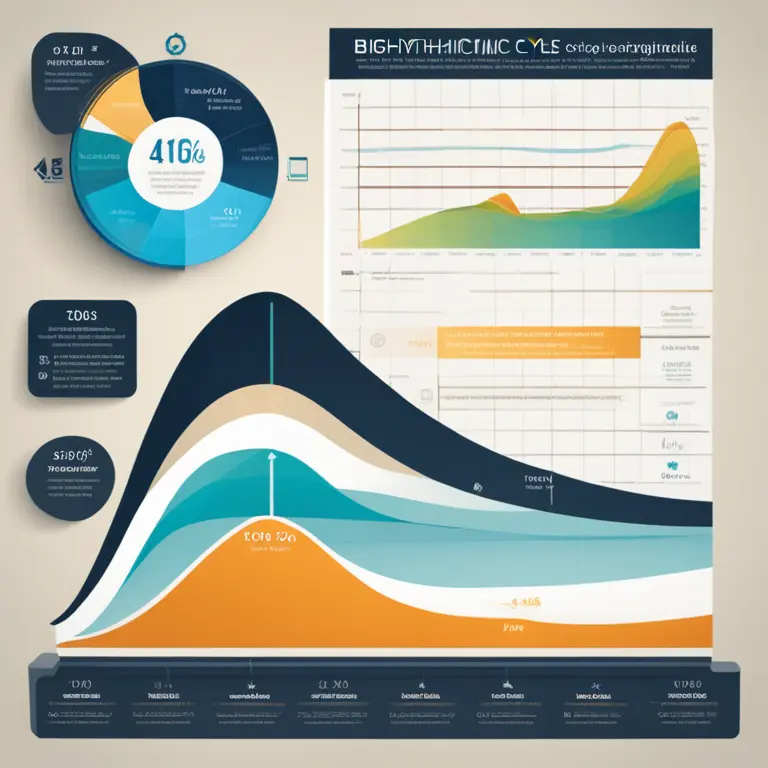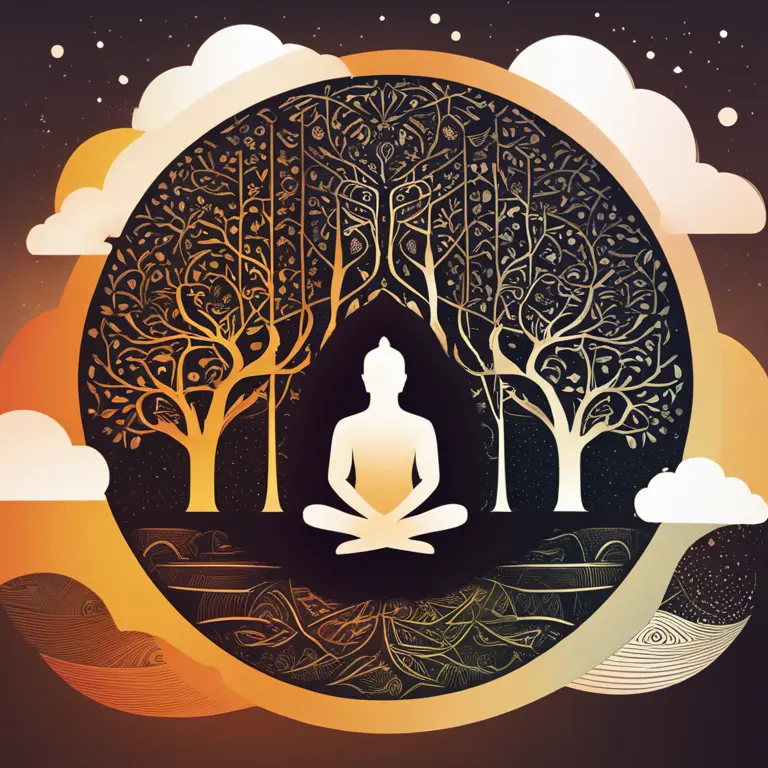
The Rhythm of Life: Understanding Biorhythms
Delve into the science of biorhythms and discover how our innate cyclic patterns influence our physical, emotional, and intellectual states.
article by Adrian Wallace
Introduction to Biorhythms
Since the dawn of time, human beings have been fascinated by the concept that nature's rhythms could have a direct impact on our daily lives. Biorhythms - a complex idea that suggests our lives are guided by natural mathematical cycles - intertwine with this philosophy. Although the concept isn't foundational in contemporary scientific communities, it continues to intrigue those looking for patterns in human behaviors and well-being. Originating in the early 20th century, the theory of biorhythms posits the existence of three primary cycles: physical, emotional, and intellectual, each believed to influence a specific aspect of human functioning.

Biorhythmic Cycles Explained
Biorhythms chart the fluctuating states of our well-being through sine wave-like graphs, starting from our birth. The physical cycle, lasting 23 days, is thought to affect strength, endurance, and vitality. On days when the physical biorhythm curve is high, an individual might feel at their peak physical condition. Conversely, a curve low point could mean a person feels physically run down. The emotional cycle spans 28 days, reflecting mood, creativity, and emotional stability. A high emotional biorhythm might point to a period of heightened positivity and interpersonal harmony, while a low suggests a potential for mood swings and irritability. Lastly, the intellectual cycle, with a 33-day duration, influences analytical thinking, memory, and cognitive functions. Peak intellectual cycles are believed to be prime times for mental challenges whereas a low period might not be ideal for making complex decisions.

Practical Applications of Biorhythms
Advocates of biorhythms claim that by charting these cycles, one can better plan activities to align with high points of the respective cycles. Athletes might schedule intense training during high physical biorhythm periods for maximum performance, while students might plan to take exams on days when their intellectual cycle is peaking. Emotional highs could be ideal for social activities and engagements. Despite these suggested applications, it's imperative to note that scientific validation of biorhythmic predictions is still very limited. Hence, while intriguing, these cycles should be considered a supplementary guide rather than a deterministic compass.

Scientific Scrutiny and Criticism
From a scientific viewpoint, biorhythm theory has undergone scrutiny and attracts its fair share of skepticism. Rigorous studies conducted over the years have largely failed to produce concrete evidence supporting the accuracy of biorhythmic predictions. Critics argue that any correlations between biorhythms and life events are due to random chance rather than genuine cyclic patterns. The theory also lacks a recognized biological mechanism that would underpin these cycles. Hence, while the allure of patterned living persists, biorhythms remain a curiosity on the fringes of science, embraced more by enthusiasts than empiricists.

Technology and Biorhythms
Today, with the ubiquity of smart devices and apps, tracking one's biorhythms has become more accessible. Numerous applications and online platforms purport to calculate and predict an individual's cycles, offering personalized insights. The convenience and allure of these modern tools have helped sustain interest in the concept, blending ancient ideas with contemporary tech. However, such innovations also underscore the need for critical thinking and caution, as the ease of access to information is not a substitute for verified accuracy or scientific endorsement.
Conclusion: The Personal Value of Biorhythms
In conclusion, while biorhythm theory may not stand up to scientific rigor, it continues to capture imaginations and provides a unique lens through which to view personal health and decisions. For those who find value in it, biorhythms offer an additional way to reflect on life's patterns and rhythms. Whether you view them as a fun tool for self-reflection or something with deeper personal significance, the key is to combine them with common sense and profound self-knowledge. Only by doing so can one navigate the intricate waves that purportedly guide our existence.
Published: 1/25/2024
Modified: 1/25/2024
More predictions
Come back here soon to learn more about yourself and your future


Your Biorhythm Horoscope Handbook
Discover the intriguing intersection of biorhythms and astrology. Learn how tracking your biological cycles can provide insights into your physical, emotional, and intellectual well-being.


Biorhythm Love Compatibility: Find Your Match
Discover how a biorhythm love compatibility calculator can enhance your romantic connections by analyzing the natural cycles that influence relationships.


The Human Biorhythm Cycle: Patterns of Life's Ebb & Flow
Delve into the human biorhythm cycle, a compelling concept in the holistic understanding of our physiological and emotional patterns over time.